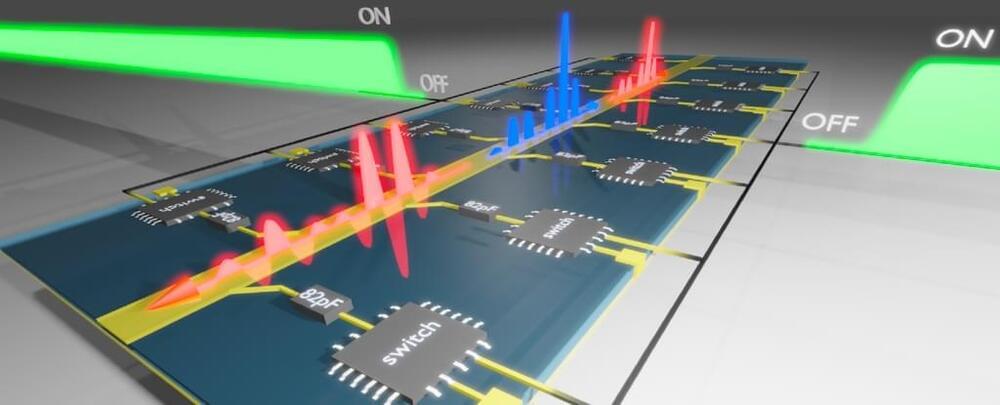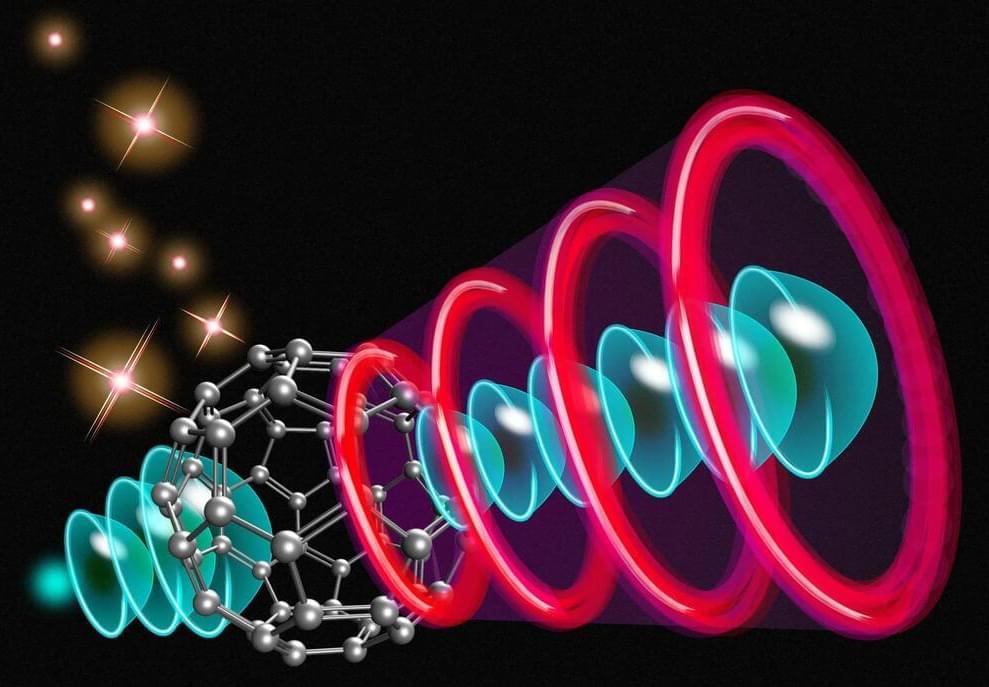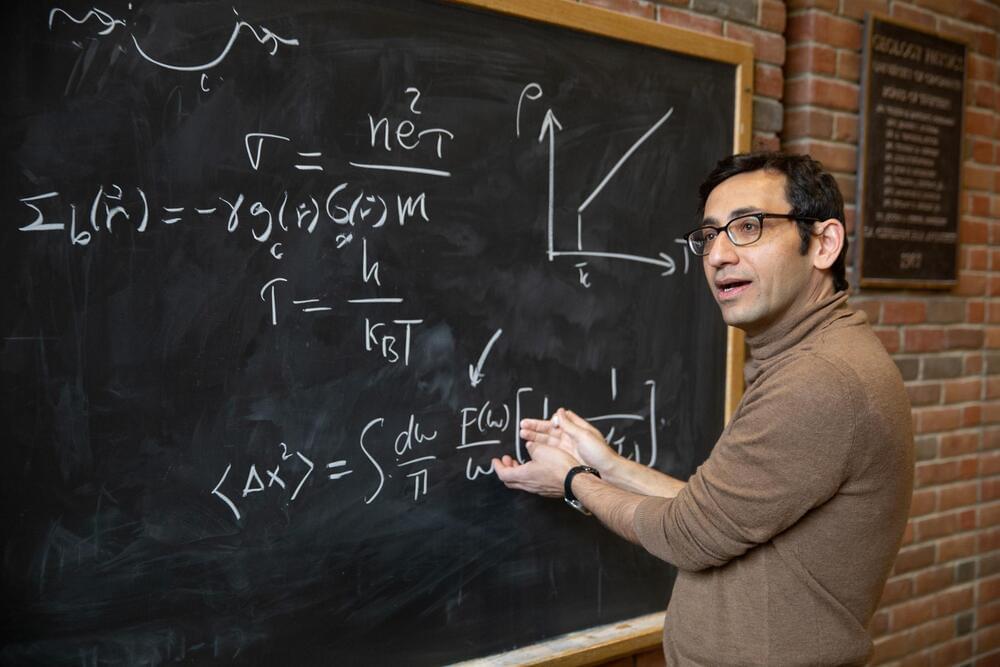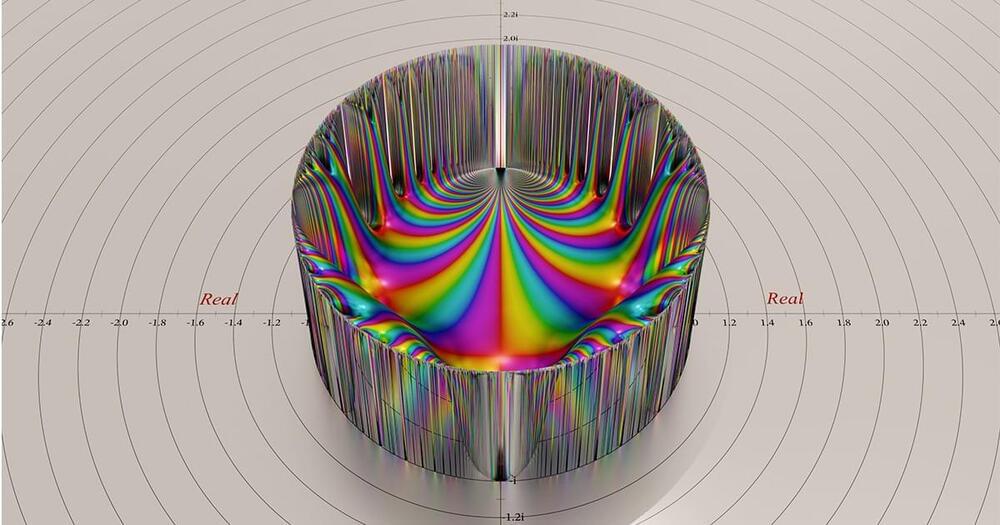😗
After successful recommissioning in autumn 2022, the Greifswald nuclear fusion experiment has surpassed an important target. In 2023, an energy turnover of 1 gigajoule was targeted. Now the researchers have even achieved 1.3 gigajoules and a new record for discharge time on Wendelstein 7-X: the hot plasma could be maintained for eight minutes.
During the three-year completion work that ended last summer, Wendelstein 7-X was primarily equipped with water cooling for the wall elements and an upgraded heating system. The latter can now couple twice as much power into the plasma as before. Since then, the nuclear fusion experiment can be operated in new parameter ranges.
“We are now exploring our way towards ever higher energy values,” explained Prof. Dr. Thomas Klinger, head of the Stellarator Transport and Dynamics Division at the Max Planck Institute for Plasma Physics (IPP) in Greifswald. “In doing so, we have to proceed step by step so as not to overload and damage the facility.”







